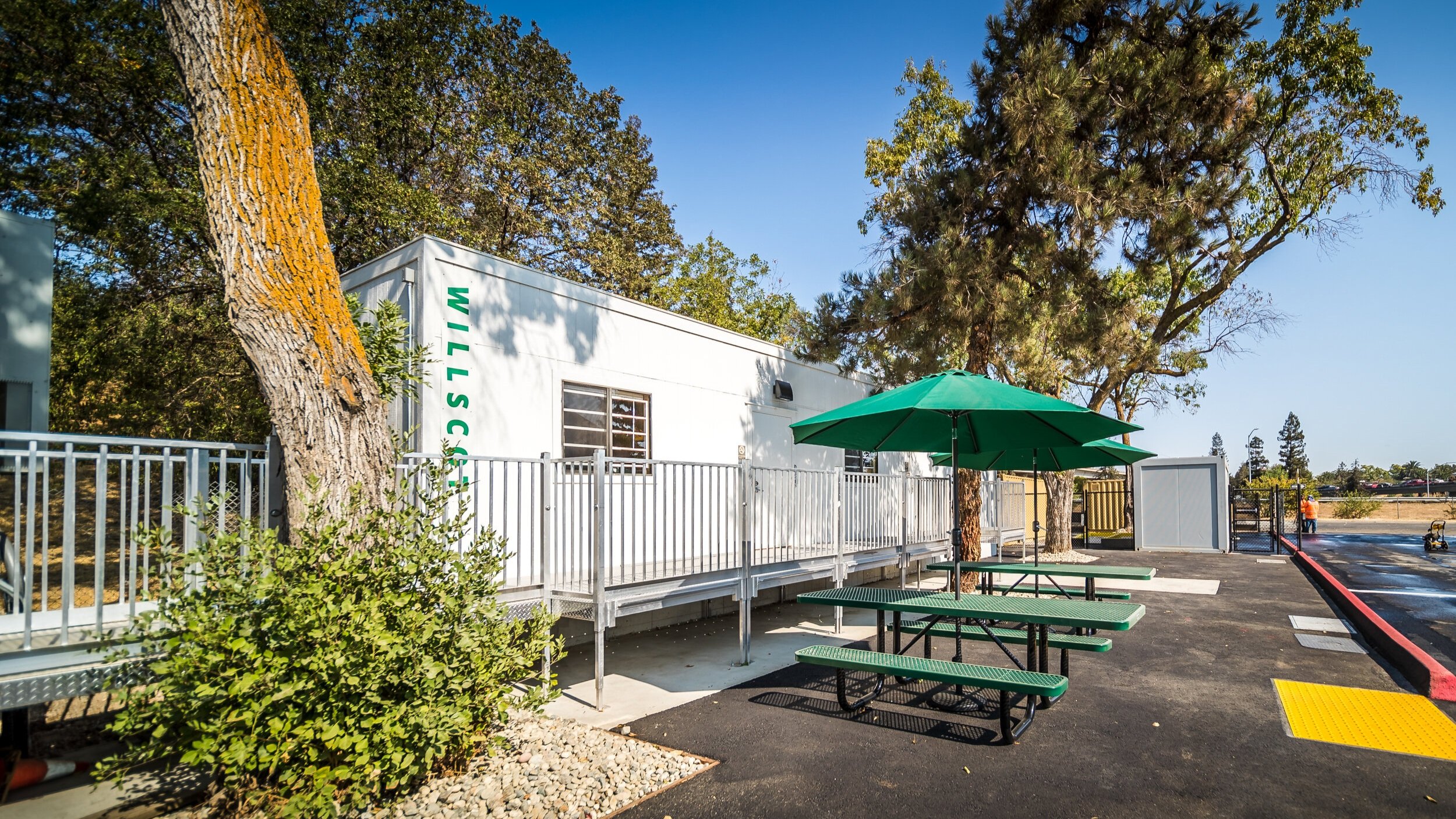Three Reasons Why Modular Construction is the Future of Architecture
The modular construction sector has grown rapidly in recent years, increasing in popularity and market value. Researchers estimate that, by 2028, the industry will be worth a staggering $114 billion (Big Think). So what is modular construction? In this innovative process, buildings can be prefabricated in pieces offsite. G&G Builders is no stranger to this new way of construction; we have a robust experience implementing modular buildings on projects like Navigation Shelter bathrooms and comprehensive multi-story housing centers. With an industry suffering from labor shortages, long construction times, and excessive material waste, it’s no wonder that architects and builders are opting for this innovative solution. Simple, eco-friendly, and efficient, modular construction is the future of architecture.
Cost-Efficient
Offsite construction controls for a myriad of variables, creating safer conditions for workers, reducing the risk of accidents, and ensuring higher-quality final products. Built with the same standards and codes as traditional construction, modular structures are more modifiable, transportable, and cost-efficient. By building in a more controlled factory setting, modular construction has the potential to save the U.S. up to $22 billion (McKinsey & Company). The practical appeal and aesthetically pleasing designs speak to consumers. It also changes the building process altogether for those who would prefer to avoid the loud, distracting atmosphere that project sites often bring.
Eco-Friendly
As a more eco-friendly way to build, modular construction has proven to be less wasteful and better for the environment. A factory-controlled setting allows for precision and frugality; building materials are protected, and waste is significantly reduced by recycling and controlling inventory.
Rapid Construction
Modular technology bypasses traditional construction and supply chain delays. Traditionally, onsite foundation work has to be completed before the building process even begins, but modular construction allows for these to occur simultaneously. Modularly engineered projects are completed 30-50% faster than conventional builds. Additionally, roughly 60-90% of modular construction takes place inside, which means no weather delays. What’s more, is that clients and consumers have a faster return on investment because their buildings are constructed and occupied sooner.
G&G’s Prefab and Modular Work
G&G Builders believes that good construction doesn’t have to be complicated. We’ve capitalized on the efficiency and flexibility of the modular design approach; whether building navigation centers, San Francisco fire department structures, or facilities for Tesla and Amazon, G&G Builders specializes in producing top-of-the-line prefab work. Click here to check out our portfolio & see examples of our past modularly engineered projects.



